On the 11th of January here in Chicago, Amazon's prodigious business unit, Amazon Web Services (AWS), hosted an abbreviated version of their much-blogged-about-already re:Invent user conference. This was a chance to gauge AWS's assessment of the Chicago market, and to hear about which new features they thought would be game changers for those already leveraging the platform.
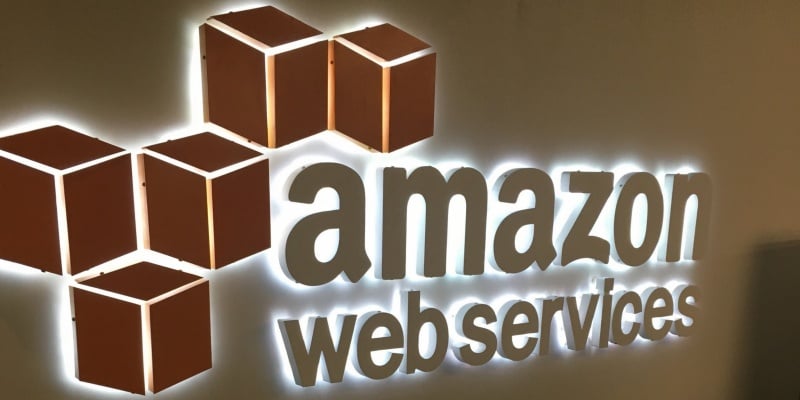
More than the content itself, being in the room revealed much about AWS. The first thing that struck me was the fact that they had underestimated the number of attendees by a significant margin. The keynote given by Jeff Barr, Chief Evangelist at AWS, was standing room only. Trying to fit the people, topics, and venue together felt a lot like trying to get back into a pair of jeans you bought five years ago. It was a tight squeeze, to say the least.
True to Amazon's form, this event was no-frills. The slides in the Keynote were merely bullet points on a white canvas. There were no gift bags or free lunches. Amazon has a reputation for being frugal, and it was self-evident that day. It's an interesting move for AWS, given the incumbent industry it's poised to monopolize—enterprise IT—is infamous for demanding over the top treatment for even the smallest events.
The keynote revealed some interesting insights that I'd like to share. The speaker, Barr, began with a quick poll, and based on what I observed (by raised hands) more than 50% of the folks in the room had less than two years’ experience with the platform. The next insight was that the blistering rate of product/new feature delivery in 2016 (1,019 by Barr's last count) was driven by Amazon's own need to build solutions internally. Their model: if Amazon needs software for something, it's built to satisfy their needs, and then they turn it into a consumable service for the AWS platform. This makes sense if you're paying attention to what they're doing with their Echo and Alexa products, as well as their digital service products that have a rapidly growing footprint in the market. The underlying technology used for those products are all services you can consume on AWS. As far as what to keep our eyes on, Barr thinks that it is containers and lambda functions that will be the game changers.
Following the keynote, the audience divided themselves into smaller groups to discuss specific topics with AWS Solution Architects. I attended a talk about the IoT Cloud. The interesting thing I found here was that this domain is where you could end up really locked into AWS's platform. The economics behind going with their solutions are compelling ($5/million messages). It's probably the cheapest/most secure route to go if you had to start today. However, so much of what you would need to implement from hardware to software is highly ingrained AWS services which you couldn't rip out and take to another cloud.
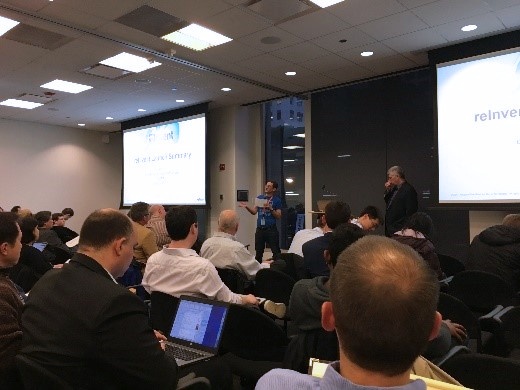
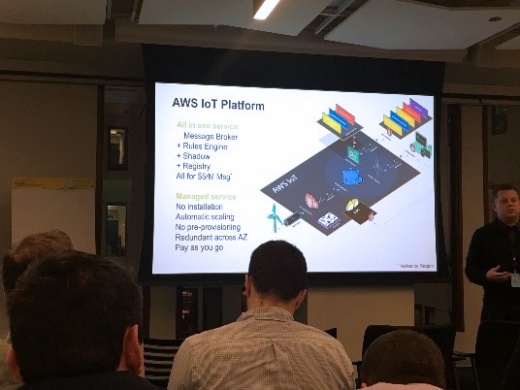
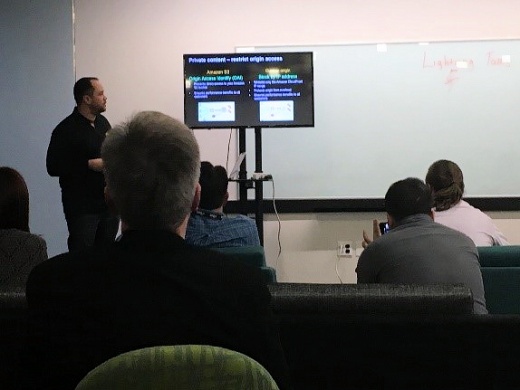
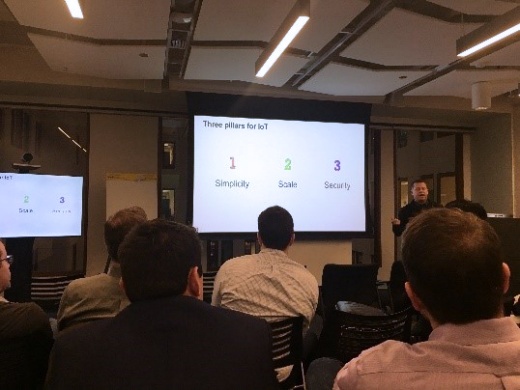
Lightning talks followed and covered AWS features that only a handful, if any, of the folks in attendance were leveraging. That isn't to say that these weren't useful. Sometimes you need to invest a lot of time in educating your audience just for them to grasp what a feature or a product does. After the Lightning talks there was a happy hour event to close out the day.
All things considered, this was a good glimpse of the upcoming year for AWS. One thing I'll mention here, to close, was perhaps what I found most surprising. And it wasn't something mentioned at all at the event; the name of the other dog in the fight, Microsoft. Not once did I hear Azure mentioned by an attendee or a host. Take that for what it's worth, but that silence has got to say something. Next up for me is the Microsoft Tech Summit on the 19th and 20th.
